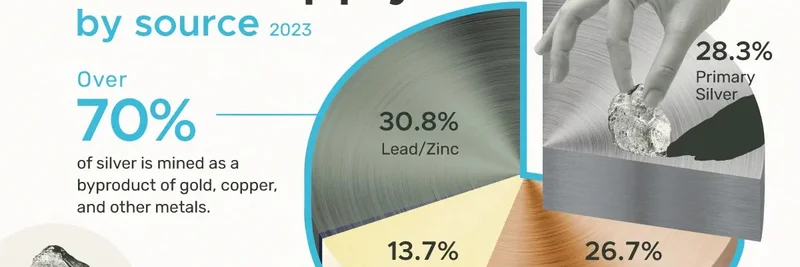If you’ve heard about a BNB Chain token called PINYIN with the contract address 0x52032f8144bc374cc22008d8890f957758884444, here’s the bottom line: our research did not find a verified token page or meaningful public data tied to this address on common explorers or trackers. That doesn’t automatically mean it’s malicious, but it does mean you should proceed carefully and do a few on-chain checks before interacting.
Below is a clear, step-by-step guide to help you verify whether this contract is a real BEP‑20 token, evaluate basic risks, and decide if it’s worth your attention.
What we found (and didn’t)
- A direct search for the symbol “PINYIN” and the address 0x52032f8144bc374cc22008d8890f957758884444 on BscScan did not return a verified token page.
- This could indicate the token is extremely new, unverified, illiquid, or simply not a standard BEP‑20 token. It could also be a wallet or a different kind of contract.
- In other words, there’s currently no publicly indexed profile confirming supply, holders, or trading activity.
Quick context: “Pinyin” the word
“Pinyin” most commonly refers to Hanyu Pinyin, the romanization system for Standard Chinese. This is unrelated to crypto and can make searches noisy. If you’re seeking the token, rely on the exact contract address and on-chain data rather than the name alone.
How to verify the contract step by step
- Check the address on BscScan:
- Confirm it’s a contract, not just an externally owned account (EOA).
- Look for the “Token” tab. If absent, the contract may not implement the standard token interface.
- Open “Read Contract” and look for common functions like name, symbol, decimals, totalSupply, balanceOf. If these are missing or behave oddly, caution.
- Source code verification:
- If the contract is not “Verified,” you cannot easily inspect the logic. Lack of verification isn’t a deal-breaker but raises risk.
- If verified, scan for functions indicating unusual permissions (e.g., blacklist, setTax, setSwapEnabled, mint, pause, or owner-only trading toggles).
- Ownership and control:
- Check if ownership is renounced. If not, evaluate whether the owner can change fees, toggle trading, or block wallets.
- Review proxy patterns. If the contract points to an implementation, verify both layers.
- Activity and holders:
- Look at recent transactions. A completely silent contract can mean dormant or undiscovered, but combined with other red flags, it’s a skip.
- Check top holders and whether any single wallet controls a large portion of the supply.
- Liquidity:
- Search for a live pair on common BNB Chain DEXs (e.g., PancakeSwap). If there’s no liquidity, trading may be impossible.
- If liquidity exists, see whether LP tokens are locked or burned. Unlocked LP can be pulled (rug risk).
Red flags to watch for
- No verified source code and owner retains broad permissions.
- Trading disabled, or only whitelisted wallets can trade.
- Very high buy/sell taxes or hidden transfer fees.
- Max transaction or max wallet limits that trap buyers while allowing insiders to sell.
- No real liquidity or LP not locked/burned.
- Sudden spikes in activity from a few related wallets (“wash trading” patterns).
Practical tools and links
- BNB Chain overview: BNB Chain
- Explorer for on-chain checks: BscScan
- DEX discovery for potential pairs: PancakeSwap and community dashboards like DexScreener
If a tradable pair for PINYIN ever goes live, you can monitor and trade via platforms such as:
- gmgn.ai: dedicated PINYIN page at https://gmgn.ai/bsc/token/fV1R5sZ5_0x52032f8144bc374cc22008d8890f957758884444
- PancakeSwap: the leading DEX on BNB Chain, if a valid pair is listed
- Other reputable BNB Chain aggregators and trackers as they index the token
Note: If you don’t see a live, liquid pair, do not attempt swaps. Always test with a tiny amount first and verify taxes, slippage, and whether sells are possible (to avoid honeypots).
Why a platform like gmgn.ai helps
For fast-moving meme tokens, discovery and safety checks are half the battle. Tools that offer:
- Smart money tracking to spot which wallets are accumulating or exiting.
- Real-time analytics to see volume, liquidity changes, and new pairs quickly.
- Security checks to flag honeypots, excessive taxes, or suspicious permissions.
- Optional automation features for advanced users.
Those can be invaluable when a token is new or under the radar.
A simple decision framework
- Can you confirm the contract is a standard BEP‑20 token with readable metadata?
- Is source code verified, and are permissions reasonable?
- Is there a legitimate liquidity pool, and is it locked or burned?
- Are taxes and transfer rules transparent and not predatory?
- Is there organic activity (holders, transfers) rather than obvious bot wash?
If any of these are unclear or fail basic checks, it’s safer to pass and wait for more data. When in doubt, do nothing until the contract is verified, liquidity is confirmed, and you can independently validate that selling works and fees are normal.
Bottom line
As of now, there’s no public, verified footprint for PINYIN at 0x52032f8144bc374cc22008d8890f957758884444 on BNB Chain. If new information emerges—such as verified source code, a locked LP, and normal trading—you can revisit. Until then, treat it as unverified and use the checklist above before engaging.



